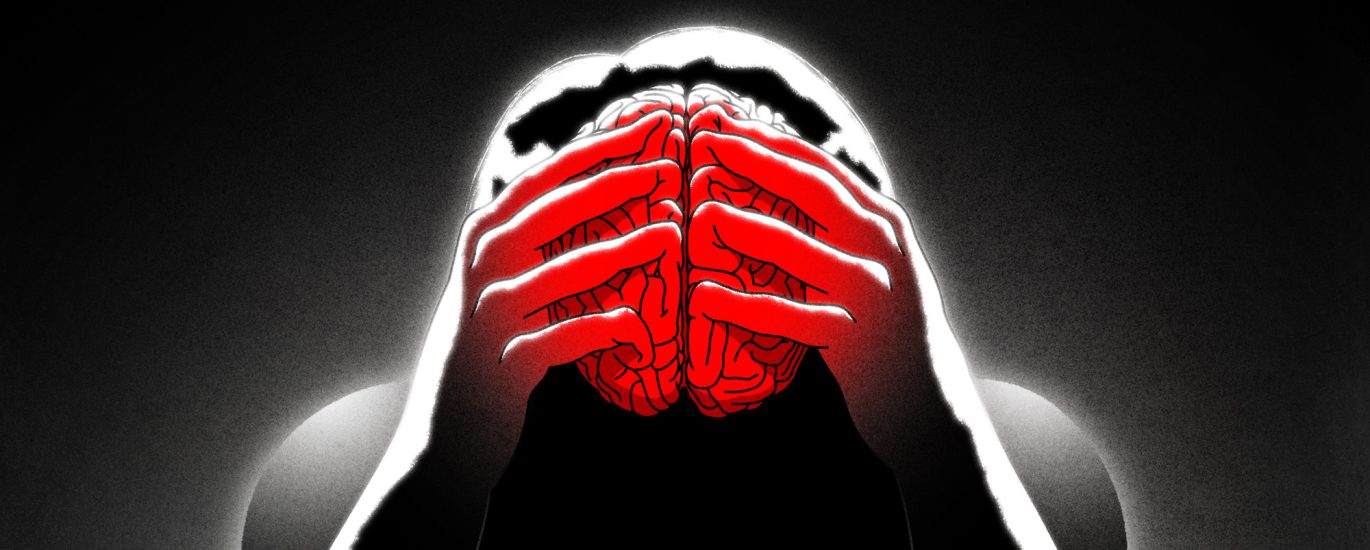Understanding the difference between sadness vs. depression is essential for recognizing when you or someone you care about may need help. Sadness is a natural emotional response to life’s challenges, such as loss, disappointment, or stress. Depression, on the other hand, is a serious mental health condition that goes beyond temporary feelings of sadness and can significantly impact daily life.
While sadness is a normal part of the human experience, depression requires attention and treatment. Here are five key ways to differentiate between sadness and depression.
1. Duration of Symptoms
One of the most significant differences between sadness and depression is how long the symptoms last. Sadness is typically temporary and fades as you process your emotions or as circumstances improve.
Sadness:
- Often linked to a specific event, such as a breakup or loss.
- Gradually diminishes over days or weeks.
Depression:
- Symptoms persist for at least two weeks or longer.
- May not be tied to a specific event and can feel unrelenting.
If feelings of sadness linger for an extended period and interfere with your daily life, it may be a sign of depression.
2. Intensity of Emotions
The intensity of emotions is another key factor in distinguishing sadness vs. depression. While sadness can feel overwhelming at times, it doesn’t typically consume every aspect of your life. Depression, however, often brings a deep sense of hopelessness and despair that can feel all-encompassing.
Sadness:
- Emotional pain is present but manageable.
- You can still find moments of joy or relief.
Depression:
- Intense feelings of hopelessness, worthlessness, or emptiness.
- Difficulty experiencing any positive emotions, even during enjoyable activities.
If your emotions feel overwhelming and unmanageable, it’s important to seek help.
3. Physical Symptoms
Sadness is primarily an emotional experience, while depression often includes physical symptoms that can affect your energy levels, sleep, and overall health.
Sadness:
- May cause temporary fatigue or loss of appetite.
- Physical symptoms are mild and short-lived.
Depression:
- Persistent fatigue, even after adequate rest.
- Changes in appetite, leading to weight gain or loss.
- Sleep disturbances, such as insomnia or oversleeping.
- Physical aches or pains without a clear medical cause.
If you’re experiencing ongoing physical symptoms alongside emotional distress, it may indicate depression rather than sadness.
4. Impact on Daily Functioning
Another way to differentiate sadness vs. depression is by examining how your emotions affect your ability to function in daily life. Sadness may temporarily impact your motivation or focus, but it doesn’t typically prevent you from fulfilling your responsibilities. Depression, however, can make even the simplest tasks feel impossible.
Sadness:
- You may feel less motivated but can still complete daily tasks.
- Social interactions and work performance are only mildly affected.
Depression:
- Difficulty concentrating, making decisions, or completing tasks.
- Withdrawal from friends, family, and social activities.
- Struggles to maintain work, school, or personal responsibilities.
If your emotions are interfering with your ability to function, it’s important to seek professional support.
5. Thoughts of Self-Harm or Suicide
Perhaps the most critical distinction between sadness and depression is the presence of thoughts of self-harm or suicide. These thoughts are a serious sign of depression and require immediate attention.
Sadness:
- Does not typically involve thoughts of self-harm or suicide.
- Emotional pain is temporary and manageable.
Depression:
- May include intrusive thoughts of self-harm or suicide.
- Feelings of hopelessness and despair can feel overwhelming.
If you or someone you know is experiencing thoughts of self-harm or suicide, seek help immediately by contacting a mental health professional or a crisis hotline.
When to Seek Help
While sadness is a normal part of life, depression is a medical condition that requires treatment. If you’re unsure whether you’re experiencing sadness or depression, consider the following:
- Duration: Are your symptoms lasting longer than two weeks?
- Intensity: Are your emotions interfering with your ability to function?
- Physical symptoms: Are you experiencing fatigue, sleep disturbances, or changes in appetite?
If you answered yes to any of these questions, it’s important to reach out to a mental health professional for support.
How My Practice Can Help
If you’re struggling to differentiate between sadness and depression, my private practice in Melrose, MA is here to help. I offer personalized care and evidence-based treatments to help you better understand your emotions and improve your mental health. Visit my services page to learn more about how I can support you.
Resources for Depression Support:
- National Institute of Mental Health – Depression – Learn more about the symptoms and treatment of depression.
- National Suicide Prevention Lifeline – Call or text 988 for free, confidential support 24/7 if you’re experiencing a crisis.
Understanding the difference between sadness vs. depression is the first step toward getting the help you need. If you’re struggling, don’t hesitate to reach out for support.

